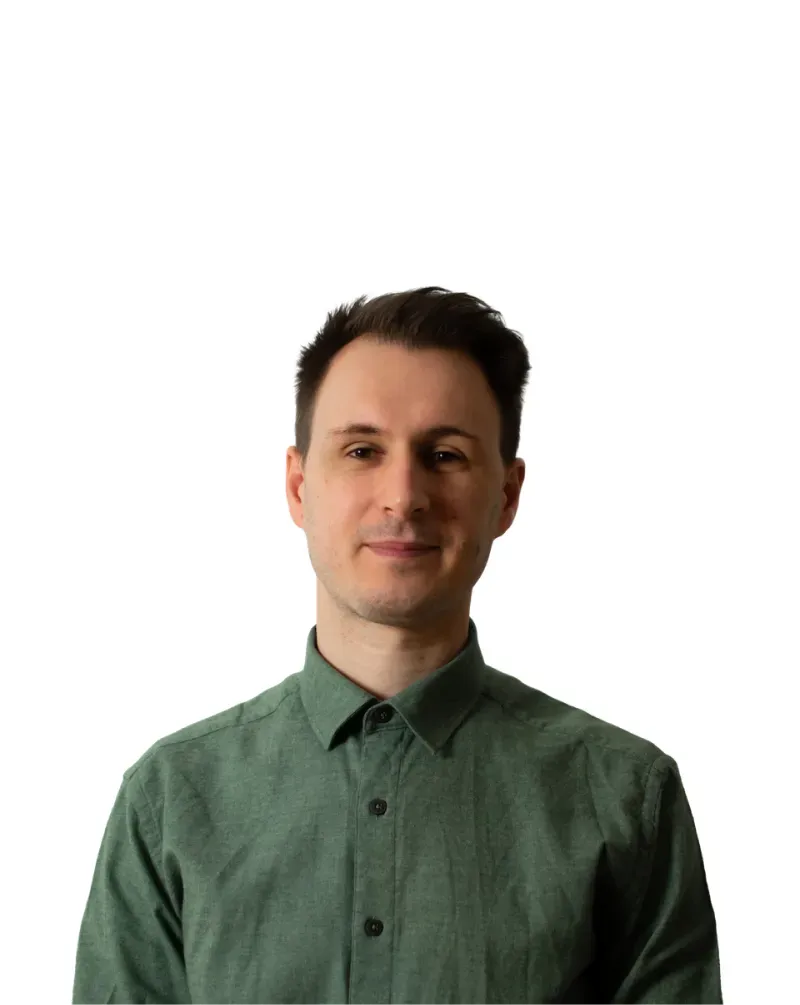Tijana's Story: From Japanologist to UX Designer

Tijana Stanojev, UX Designer at Broworks, shares her journey from linguistics to design and how her curiosity about communication and psychology led her to UX. After starting as a copywriter and social media manager, she discovered design as a discipline that merges creativity, logic, and empathy. At Broworks, Tijana plays a key role as a UX Design Sprint Facilitator, guiding teams and clients through research, ideation, and user testing. She believes good UX is “invisible”, it simply works without being noticed, and that design sprints bring structure and clarity to every project. Looking ahead, she sees AI as a valuable tool but emphasizes that UX will always need a human touch to understand people, context, and emotion.
Can you tell us a bit about yourself and how did you decide to become a designer in the first place?
I graduated from the Faculty of Philology in Belgrade, majoring in Linguistics with Japanese language and culture, but throughout my life, I had many interests and wasn’t sure what I really wanted to do. I started my journey in Broworks as a copywriter, then as a Social Media Manager, and finally switched to a Designer.
In the beginning, I didn’t really like the idea of being a designer, facing a screen 8 hours a day, but seeing other designers solve problems with their work got me more interested. There is always something new to learn in design, from software to new techniques, which is both a good and bad thing. I became fond of design because it's more than just nice visuals. It is actually a lot about psychology and how people communicate with concepts and objects around them, which was always intriguing to me.
The role of a UX designer is something that has encompassed my many passions as it requires many skills in different areas and a lot of creativity.
Since we introduced the UX Designer role earlier this year at Broworks, what do you think about this role, what is the most important responsibility of this position?
I think the UX designer role is crucial not just in our company but in any design agency, since the UX designer needs to be present at every part of the process. A designer needs to be aware of everything to ensure the web journey for users is smooth. While others think about visual details, rules of UI, and development, UX designer has users on their mind and always brings the human factor to the fore. It is not a one-man job, it’s a team effort, the bigger the team - the easier the UX.
The most important responsibility for this role is critical thinking and constantly asking questions. Every element of design needs to make sense and smoothly serve the user. Good UX is something no one notices and bad UX is something that makes users angry or frustrated in their user journey process.

Can you tell us what your typical project looks like?
My position in the UX design sprint is called Facilitator, which is the person who leads the process, introduces the client, and navigates discussions and brainstorming. UX Facilitators should guide others throughout designing and developing, but also be ready to engage in sketching, mapping out, and testing ideas.
The starting point of our UX design sprint is to learn about the client, users, and the project, especially in the first couple of days, where our mission is to find all the issues and problems they have. We call this Research Phase.
Then, we separate the most important problems for this project that we need to solve with our design. Connecting all that we know about the client, we build sketches and wireframes that serve as baselines for every project. To ensure we all agree on the best option, we have a voting system as a part of every phase.
Last but not least, user interviews and user testing are something I do alone, but it’s super fun to learn what our target audience thinks, always trying to improve their journey.
What do you think of using Design Sprint at Broworks?
Design Sprint is a great way of working on a project. It allows you to understand the purpose and needs beneath each design before diving further into visuals, what we mostly did when we started.
User testing is also a must-have thing for every UX project in order to prove our assumptions during the process. At Broworks, we usually do that by using the HotJar platform.
What do you think it’s the future of UX in web design?
Uh, honestly, I think UX will always be there no matter how much AI is advancing. AI can actually help us a lot, but will not replace us for now at least, hehe.

.svg)
.svg)


.svg)




